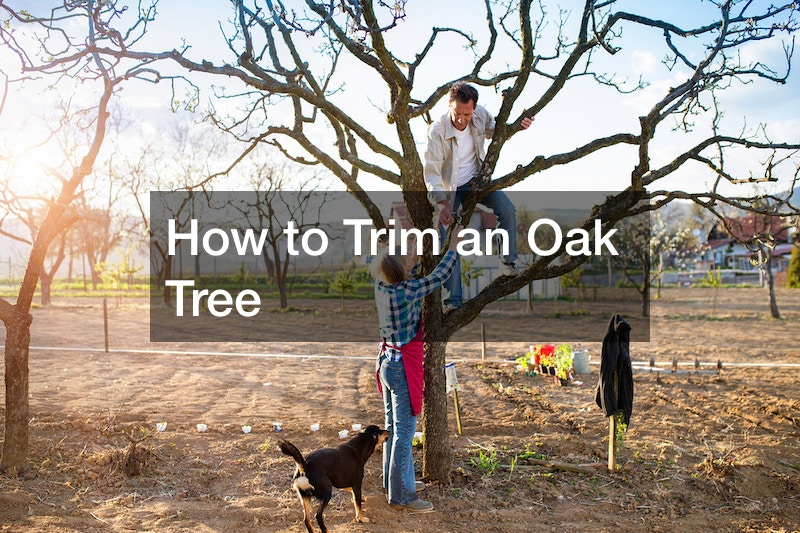Maintaining the health and aesthetics of oak trees involves proper trimming techniques, and understanding the do’s and don’ts can make a significant difference in the tree’s long-term well-being. Oak trees, especially varieties like the Laurel oak in Central Florida, require careful attention to ensure optimal growth and appearance.
One crucial aspect highlighted by experts is avoiding what they term “nubbing.” This refers to making cuts too close to the tree’s edge, leaving protruding branches that are challenging to heal. Instead, aim for clean cuts as close to the tree’s edge as possible to facilitate healing and bark production.
For long, heavy limbs, a recommended approach is to make an initial cut a few feet farther from the final cut. This minimizes the risk of bark peeling and ensures a clean, smooth outcome. Proper cuts should promote bark growth over the wounds, as demonstrated by successful examples over the years.
While do-it-yourself tree trimming is common, homeowners should also consider professional tree surgeon services for more extensive or intricate jobs. A tree surgeon possesses the expertise to assess the specific needs of oak trees, ensuring the health of the tree is prioritized during the trimming process.
It’s essential for homeowners to think through the trimming process, making deliberate and informed choices to promote the oak tree’s long-term health and visual appeal. By following these guidelines, individuals can enjoy the benefits of beautiful, well-maintained oak trees in their landscapes.
.

